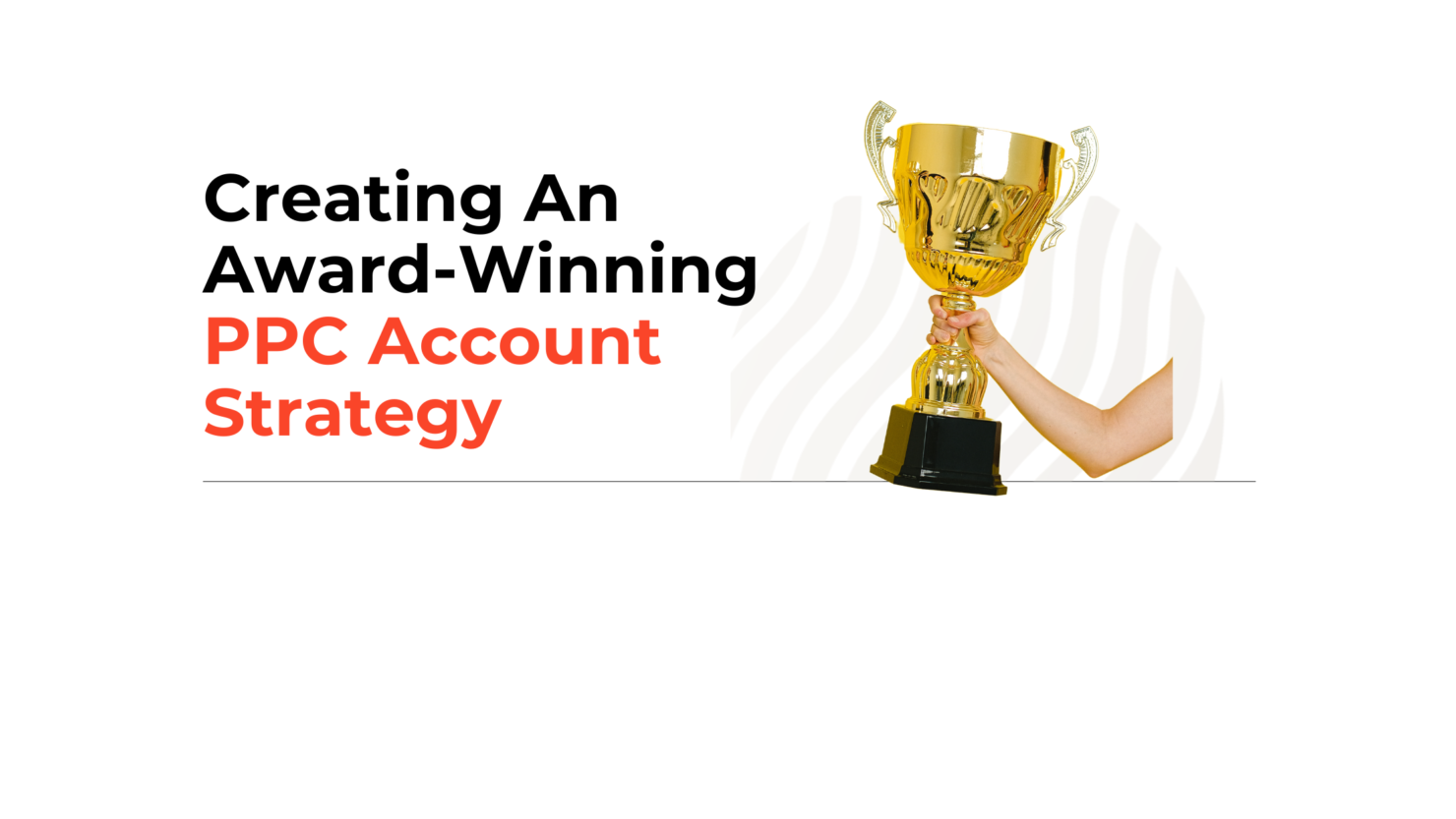PPC Attribution & Attributing your PPC Accurately

Have you ever done a lot of analysis and made changes based on your data only to find the changes you made (Which the stats suggested) actually made the account perform worse than before?

This is something that many people who have been doing PPC will have come across. Analysing data to the nth degree and then finding exactly which keywords to slow down and pause to help improve your ROI, but not accounting for something we now call Attribution.
For people who have been in the industry for a while, they will have come across the phrase “halo effect”. This is essentially what attribution helps you measure accurately.
In this article I will try to cover, how to measure attribution, why PPC is many times treated unfairly if you do not look at attribution data and how to use this data to make more accurate changes within your accounts.
Firstly where do you find Attribution Data?
Attribution data can be found in both Adwords and Analytics. As we have previously covered the Adwords attribution in a previous blog (https://circusppc.com/better-ppc-with-google-attribution-modelling/) we will focus on Analytics attribution in this one. It can be found in analytics under conversions.

Worth noting there is also Multi Channel Funnels in Analytics as well which also gives a lot of insightful data which is covered briefly in this article: https://support.google.com/analytics/answer/1191180?hl=en and I will try to cover this in more detail in a separate blog in the interest of sticking to one topic in this blog.
You can compare the last click data vs a lot of other options as can be seen below. Last click data is what most people will use at the moment for all of their marketing hence we are comparing vs this. However if you do use a different method then it is worth playing with the different options to better understand your data.

The data I like to always keep an eye on is first interaction as this is when many potential customers will first here about your brand. Time delay, position based and linear are also ones to keep an eye on.
To cover my point regarding the value of PPC, for client x below we can see 1,918 sales from last click but looking at first click this jumps up to 3,154 sales. The sales value also increases by 73.24% from PPC. For Direct this is actually lower on first click by 70% whilst Organic also seems to be undervalued for this client. If we switched off PPC we would likely see a big % of the first click PPC sales disappear as well.

The same principle can be applied at a campaign and keyword level as well. in the below example again we can see 10 campaigns which have all been undervalued and thus any changes in the campaigns will be made based on inaccurate data. It is always worth looking at the whole account in detail on this as certain campaigns may actually be the other way round as well (this is particularly true when you are live on your own brand keywords).
| AdWords Campaign | Last Interaction Conversions | Last Interaction Conversion Value | First Interaction Conversions | First Interaction Conversion Value | % Change in Conversion Value from Last Interaction to First Interaction |
| Campaign 1 | 686 | £96,904.67 | 1,071 | £158,131.20 | 63.18% |
| Campaign 2 | 188 | £43,305.72 | 307 | £76,521.20 | 76.70% |
| Campaign 3 | 111 | £27,055.98 | 173 | £41,336.42 | 52.78% |
| Campaign 4 | 61 | £10,584.84 | 96 | £16,619.44 | 57.01% |
| Campaign 5 | 60 | £16,524.18 | 122 | £37,893.92 | 129.32% |
| Campaign 6 | 57 | £7,618.54 | 80 | £10,993.77 | 44.30% |
| Campaign 7 | 47 | £33,470.58 | 73 | £47,946.47 | 43.25% |
| Campaign 8 | 46 | £8,982.58 | 59 | £11,891.59 | 32.39% |
| Campaign 9 | 45 | £4,479.84 | 63 | £6,415.75 | 43.21% |
| Campaign 10 | 36 | £6,359.57 | 48 | £7,385.63 | 16.13% |
After looking at this data it is always worth deep diving into the keywords as well. Again the same principle applies but a massive help to understand how the different keywords are working and optimise accordingly.
| AdWords Keyword | Last Interaction Conversions | Last Interaction Conversion Value | First Interaction Conversions | First Interaction Conversion Value | % Change in Conversion Value from Last Interaction to First Interaction |
| Keyword 1 | 110 | £23,321.43 | 186 | £40,394.93 | 73.21% |
| Keyword 2 | 97 | £14,360.84 | 168 | £25,063.29 | 74.53% |
| Keyword 3 | 75 | £7,821.88 | 102 | £10,797.50 | 38.04% |
| Keyword 4 | 52 | £6,327.40 | 78 | £11,618.44 | 83.62% |
| Keyword 5 | 44 | £6,531.75 | 67 | £10,211.55 | 56.34% |
| Keyword 6 | 28 | £5,035.20 | 43 | £7,607.71 | 51.09% |
| Keyword 7 | 27 | £7,229.69 | 35 | £9,219.66 | 27.52% |
| Keyword 8 | 25 | £4,787.30 | 39 | £7,562.78 | 57.98% |
| Keyword 9 | 23 | £1,948.75 | 29 | £2,353.80 | 20.79% |
| Keyword 10 | 22 | £4,947.90 | 27 | £6,039.52 | 22.06% |
So the question now is how do we use this data to make accurate changes?
The first thing is to ensure you understand the data and the impact of this data. For every client the strategy will then be different. For retail clients, the first click can be much more valuable than for a client wanting to drive leads only and you may see a smaller %uplift on the first click for this. I like to look at both sets of data together and then make decisions at keyword levels accordingly.
The strategy you use for volume keywords will also be different to long tail keywords. As always when it comes to PPC, testing is key.
Extra tip: 1 extra tip for you. You can look at the data in combination with the device data as well. This particularly helps you understand you’re mobile and tablet data and how valuable this actually may be. Especially if you are always updating your device bids in Adwords.
For further information, or for more help and tips please do get in touch.
Written by Ahmed Chopdat PPC Director at Circus PPC Agency





